Advertisement
A Reunion At The Gardner Museum Brings An Iconic Botticelli Painting To The U.S. For The First Time
Resume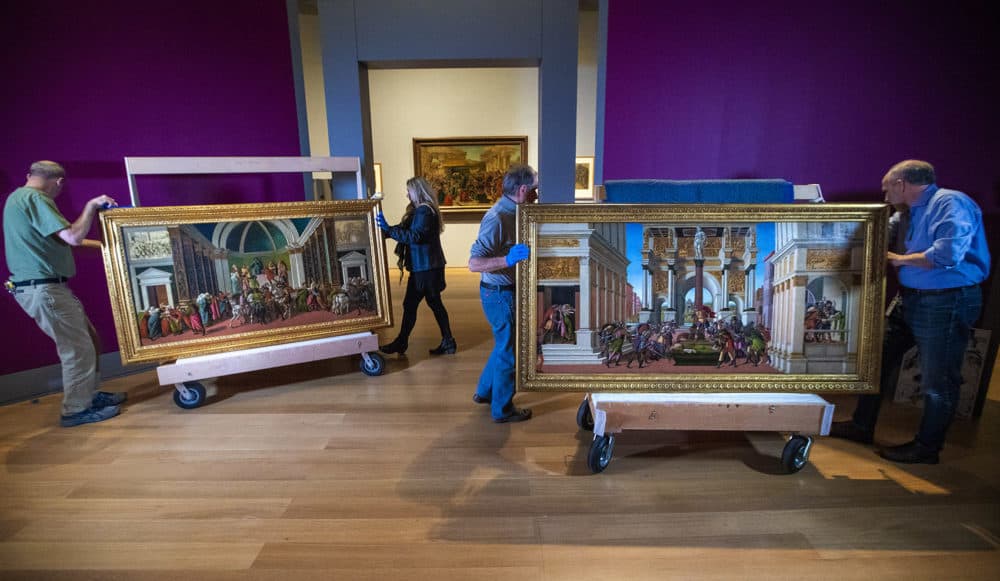
Two iconic, Renaissance paintings that were separated hundreds of years ago are together again. The masterful works by celebrated artist Sandro Botticelli have been reunited, first in Italy and currently in Boston, for a new exhibition opening Thursday, Feb. 14 at the Isabella Stewart Gardner Museum.
Botticelli is best known for his larger than life “Primavera” and “The Birth of Venus” paintings that attract thousands of visitors to Florence every year. But at the Gardner, one of his more unsung, but equally significant masterpieces recently arrived.
During installation museum preparators used drills to remove screws securing a large, wooden box. The shipping crate had just arrived from Bergamo, Italy after flying across the Atlantic.
Nathaniel Silver, the Gardner’s William and Lia Poorvu curator of the collection, confirmed nerves were high with the rare guest painting in the gallery.
“This is exciting because we haven't seen it yet,” he said, “The top’s just come off the crate. It's still wrapped up inside. And we're going to pick it up and move it over to our examination table to make sure that it traveled with no problems.”

Arranging for Botticelli’s “The Story of Virginia” to visit Boston has been a long and complicated process. It’s one of the Renaissance artist's most important paintings. It’s also part of an unprecedented loan exchange with the Accademia Carrara in Bergamo.
The Gardner’s painting, "The Tragedy of Lucretia,” recently returned from its visit to Italy for their reunion. Now after years of planning, the Gardner's team and an Italian curator finally inspect their swapped pieces, together, in Boston.
Registrar Amanda Prugh Venezia took pictures to document the loan’s condition. She manages the travel arrangements and loan documentation for the museum.
“There are quite a few hoops to jump through when loans are leaving any country — Italy in particular,” she explained, “there's a lot of extra channels to go through.”
Venezia admitted she lost sleep as the loans for this show were scheduled to arrive on the tails of the Polar Vortex and the government shutdown. It was also stressful when it was time for the Gardner’s “Lucretia” to go abroad.
“This is the first time that our painting has been loaned anywhere, and this is the first time that Bergamo’s painting has been loaned anywhere,” Silver said, “So it really took this unique opportunity to unlock that relationship.”
Like virgin lovers, Silver said the collaborating museums understand how each other feels.
“We both sympathize with the others anxiety,” he mused.
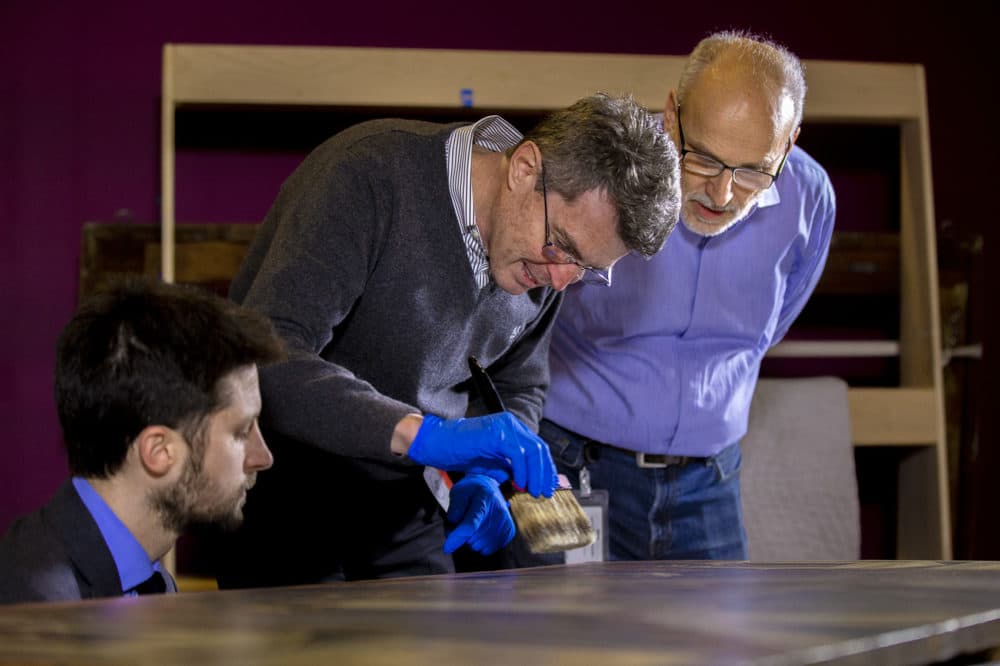
Accademia Carrara Museum curator Giovanni Valagussa poured over the prone “Virginia” with his iPhone flashlight searching for tiny changes at the work’s stress points.
“Yes, it is the first time,” he confirmed, “Usually we don't loan the most important paintings from our collection.”
That’s why Valagussa escorted “Virginia” on its long trip from Bergamo.
“This painting never travels because it's very big, it's very ancient, and it's very fragile,” he said.
Its wood panel measures about 3 by 4 and 1/2 feet. Valagussa said this reunion offers the public a unique chance to take in the two paintings that will be only steps away from each other in the gallery. Silver, for one, said he’s eager to spend some quality time with “Virginia.”
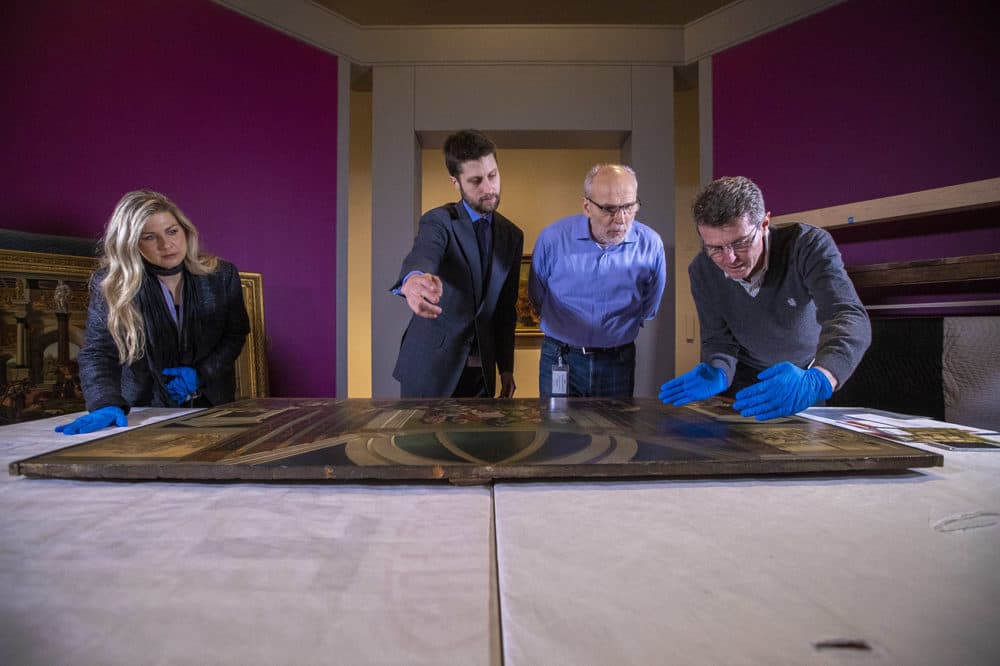
“It's a painting I know very well from books because it's often used to illustrate the high points at the end of Botticelli’s career,” he said, “It's often shown in images with our painting.”
Boticelli interpreted the historical, allegorical stories of Lucretia and Virginia around 1500 on commission for the Vespuccis, a wealthy patron family.
One shows Lucretia's imminent rape that drove her to reclaim her honor through suicide. “Virginia” depicts the abduction of a young woman who's later killed by her father to maintain her honor. Both dark but beautiful paintings symbolize the founding of the Roman republic. Centuries later people are still awestruck by their tales and by Botticelli's brushstrokes.
Silver and Valagussa hovered over “Virginia” — just inches from its surface — drawing comparisons between Botticelli’s meticulous use of gold paint in both works.
"Lucretia" was the first Botticelli to land on U.S. soil. Silver says Isabella Stewart Gardner purchased it in 1894 with help from pioneering art scholar and dealer Bernard Berenson. They’d known each other when he was at Harvard and she even helped fund his studies abroad in Florence. They lost touch for a while, Silver said, but when Berenson found “Lucretia” it reunited them, too.
“This letter he writes to her in 1894 in which he says, ‘how much do you want a Botticelli?’ is the first overture in a client/art dealer relationship that would really blossom and flourish and really make the Gardner Museum into the collection that it is today,” Silver recounted.
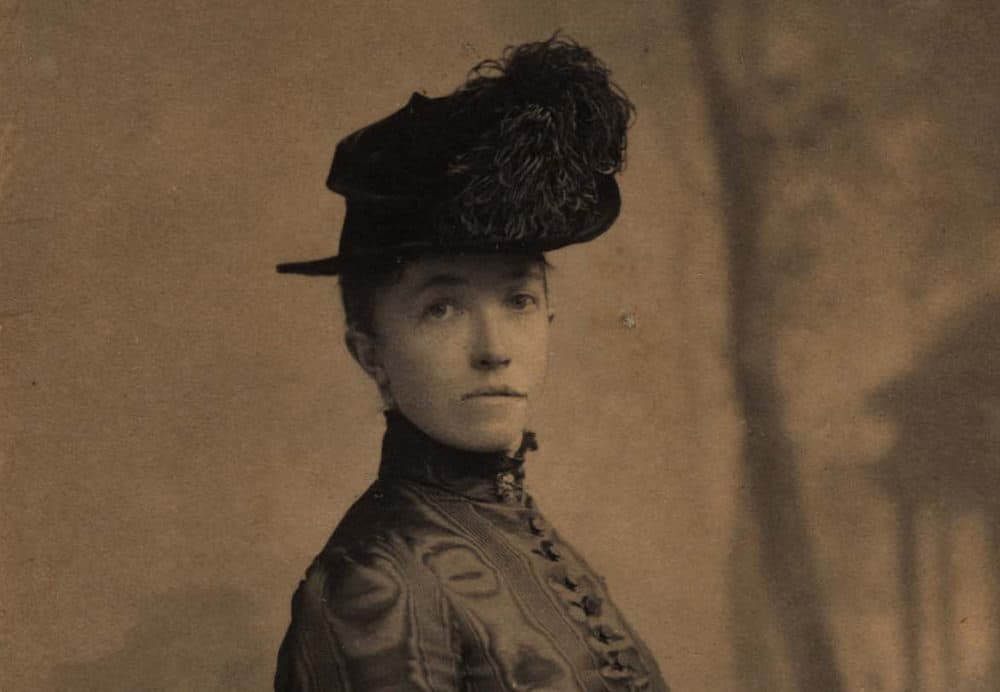
In her day, Silver said Gardner was in the avant-garde for collecting Italian Renaissance art in the U.S. She’s well-known in Italy according to Valagussa because of the ornate palazzo she built in Boston with materials imported from his homeland.
“For Italian people, it's like a magic building she transported from Italy to the States,” he told me as the team discussed the height they should hang the loan from Bergamo. The curator also admired the magenta paint on the exhibition gallery’s walls.
Both Botticellis in that room have survived amazing journeys — from the artist's studio in Florence, to the walls in elite palaces — to being separated and ultimately found by savvy scholars.
Italian collector Giovanni Morrelli discovered “Virginia” at an art auction in Rome, now Valagussa believes the Accademia Carrara’s prized piece should feel right at home at the Gardner.
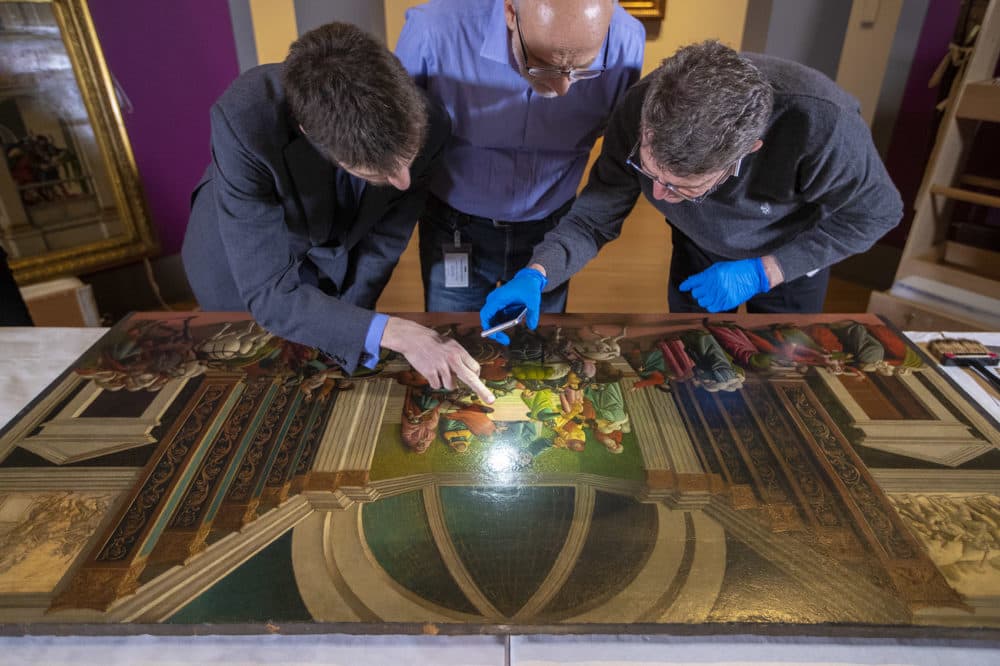
“I think the painting is happy to be in Boston now,” he said, adding, “I hope,” with a laugh.
The trust the curators have forged will have a pay-off for visitors, too. They’ll be able to see the Botticelli's without the usual museum barriers. Look closely and you’ll see that there’s no glass in the paintings’ frames.
“It’s important, in my opinion, to see ancient paintings without glass,” Valagussa said, then Silver clarified, “Only if you have a good relationship between institutions will both institutions agree to show their paintings without glass.”
“We wrote a lot of emails,” Valagussa recalled.
“Yes, we did,” Silver responded.
During the Renaissance, people had the chance to view these masterful paintings without glass, too. They were as drawn in by their moralistic tales of lust, betrayal and violence as we are today by what we see on Netflix. Now 21st century visitors can binge on the reunited Botticellis before one goes home to Italy in May.
"Botticelli: Heroines and Heroes" at the Isabella Stewart Gardner Museum runs through May 19, 2019.
This segment aired on February 14, 2019.
